We use cookies to make your experience better. To comply with the new e-Privacy directive, we need to ask for your consent to set the cookies. Learn more
What is a Fresian horse?
The Friesian breed is most often recognized by its black coat colour. They rarely have white markings of any kind.
The strong conformation of the Friesian convey power but these gentle giants are versatile and flexible for training and are known for their pleasant disposition and easy going temperament.
It is not only just the Friesian’s distinguishing beautiful black coat, tail and mane that make it a stand out from the crowd in arenas around the world. The flashy movement of the Friesian attracts the attention of spectators wherever they go.
These distinctive characteristics make the Friesian a perfect candidate for dressage competition due to the breed's movement, trainability, appearance, power, and body control. Another discipline this horse is popular for is as a carriage horse due to its powerful eye-catching, high stepping action.
Friesian’s are popular as driving teams also because the uniform look of matching black horses creates an impressive exhibition.
Where did the name come from?
The breed originated in Friesland a North West province of the Netherlands.
Selected by Nobleman and Knights as a mount the Friesian was a befitting steed to carry them to tournaments, jousts and battles.
Film Star Potential
Friesians are considered very docile compared to many other horse breeds along with their dramatic appearance which makes them perfect candidates for the film industry.
However like current movie stars Friesians need extensive grooming in order to maintain their Stunning appearance at all times. That long mane and feathery tail are what makes this breed stand out from the crowd and particular attention to trimming to the perfect length which also showcases the horse’s magnificent strong legs is essential.
Health Considerations for Friesians
All horse breeds are prone to certain diseases and Friesians are no exception. The down side of a large build has its disadvantages and can result in the development of (OCD). This is relatively common in horses that have rapid growth and large body size.
Cartilage in joints with OCD doesn’t form normally and this causes the cartilage and bone underneath it to become irregular in thickness and weaker than in normal joints. This can cause the development of cartilage and bone flaps that can either remain partially attached to the bone or break off and float around in the joint. These loose flaps and areas of abnormal cartilage and bone cause inflammation in the joint and over time may lead to the development of arthritis.
Trauma and exercise including routine training is often a cause amongst this larger than normal breed Friesians. Treatment usually requires a series of injections, resting periods, or Anti-Inflamatory medication and occasionally surgery.
Dwarfism is another genetic disorder that affects all different horse breeds and can be present in Friesians. The result of dwarfism is a severely disproportionate body which can be very debilitating.
Friesians are also prone to infection resulting from scratches, characterized by scabbing located on the back of the fetlock and pastern. It is thought to be a result of standing too long in wet areas where feathers are exposed to wetness for prolonged periods. It may cause discomfort to the horse but is easily cleared up by shaving the affected area. It is recommended to clean the affected area by scrubbing with iodine solution as well.

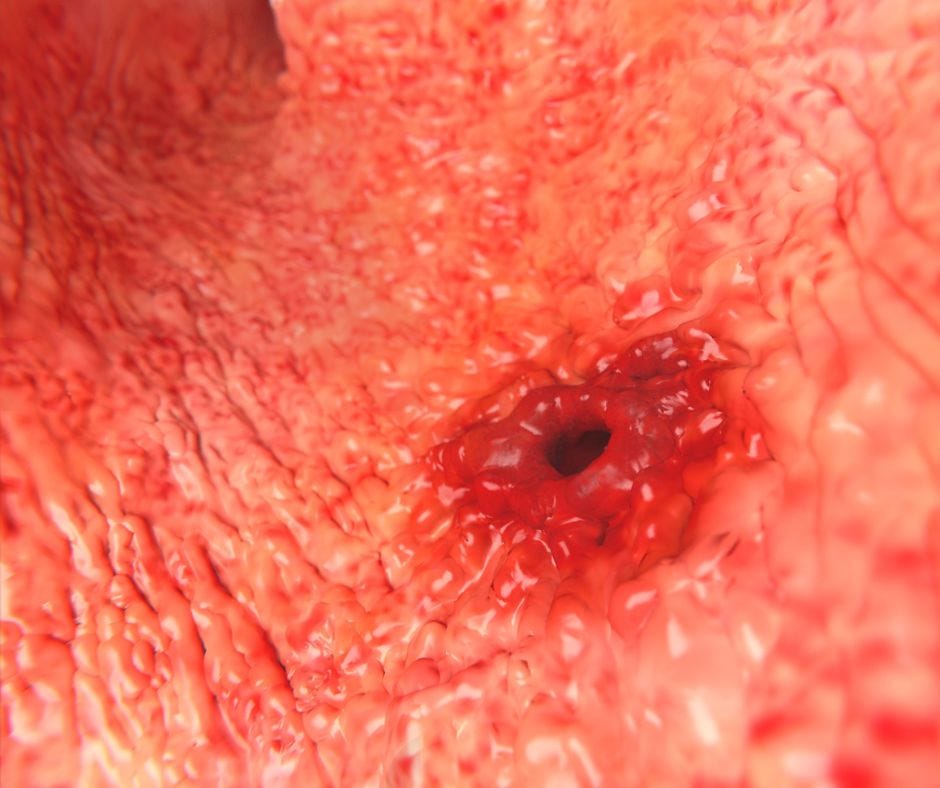
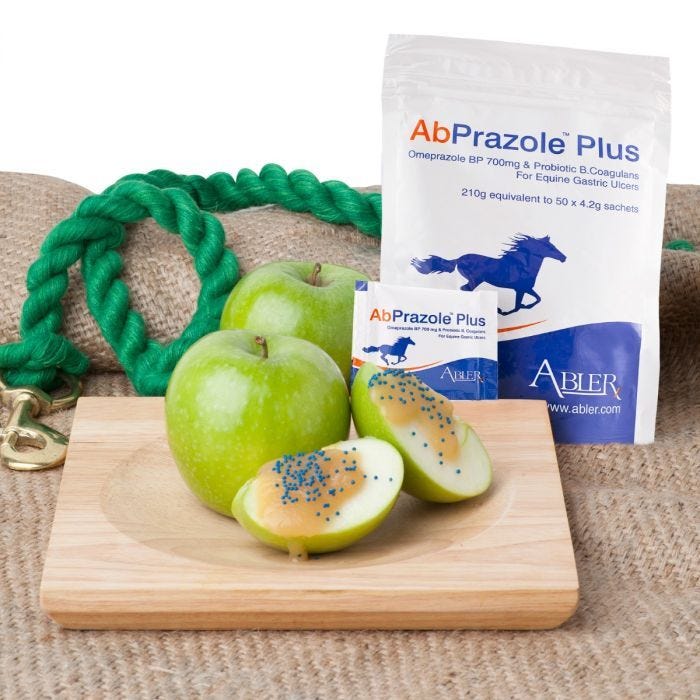
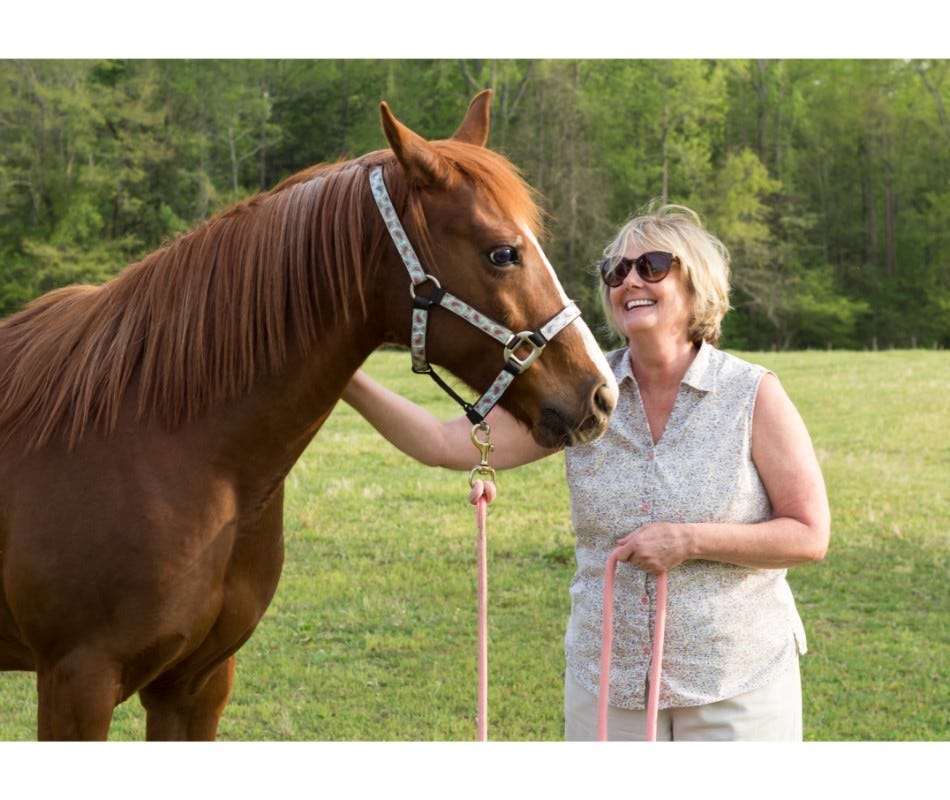
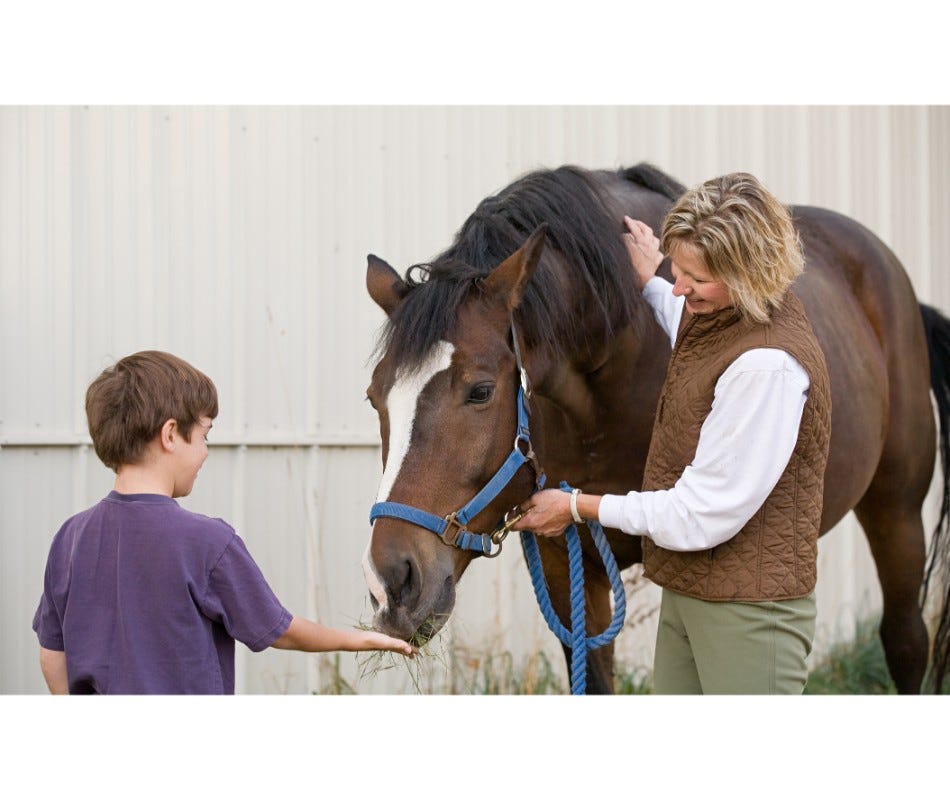
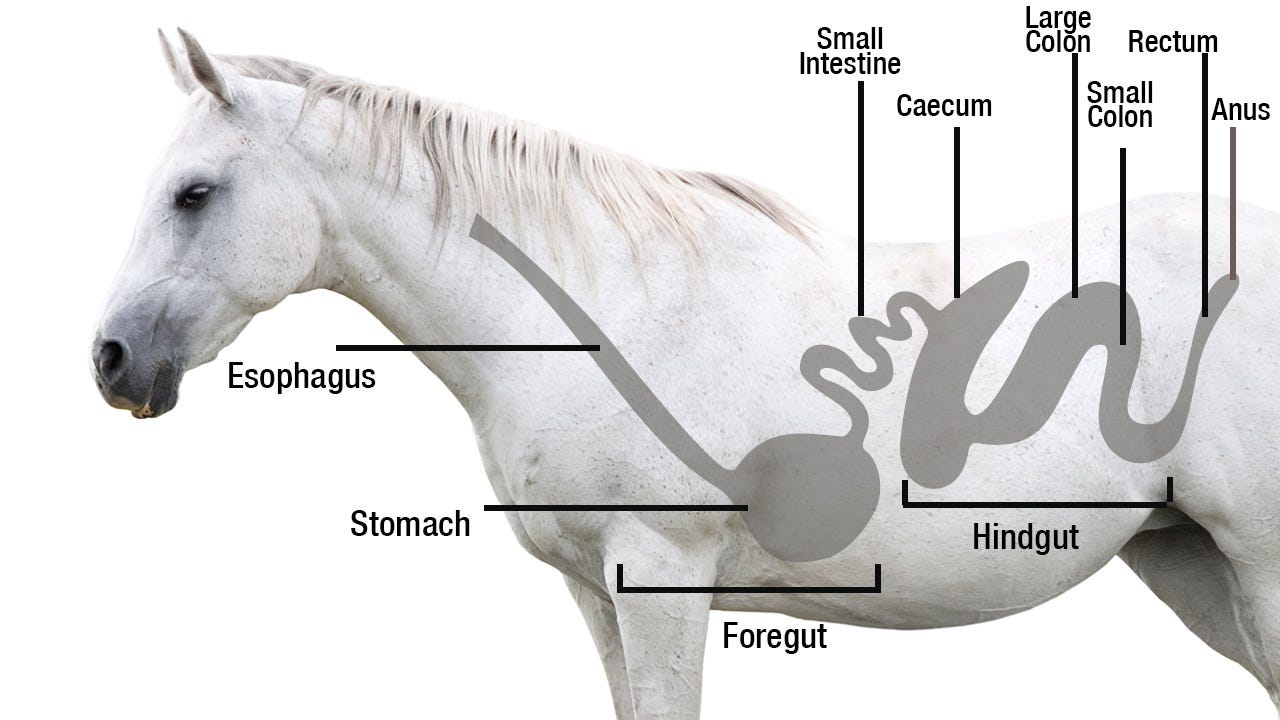
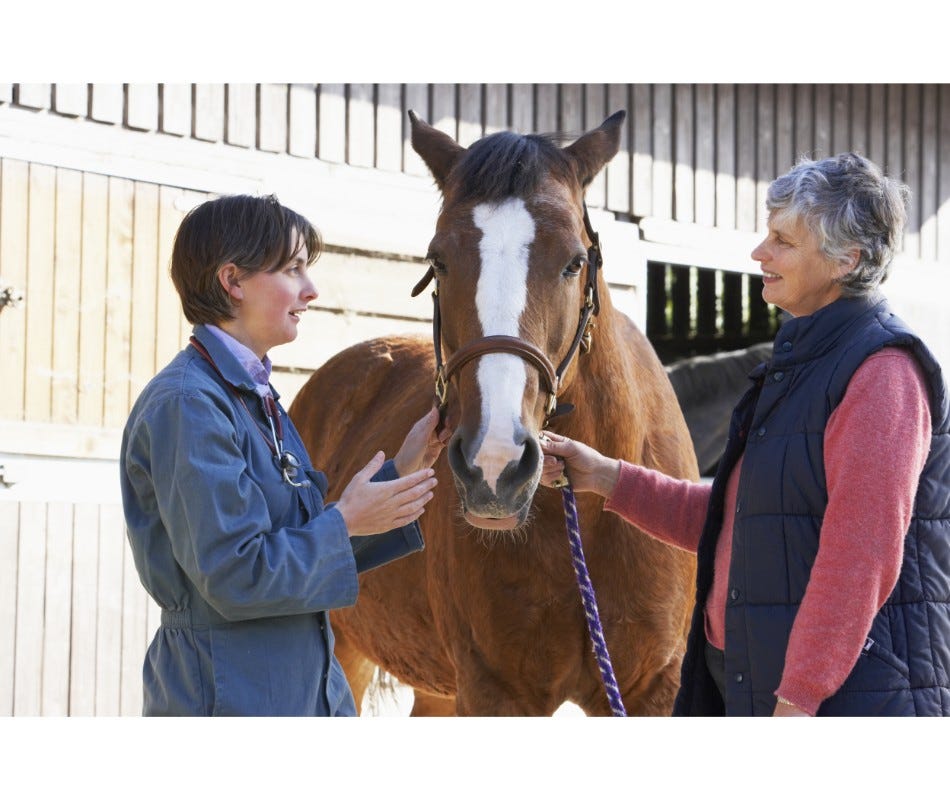
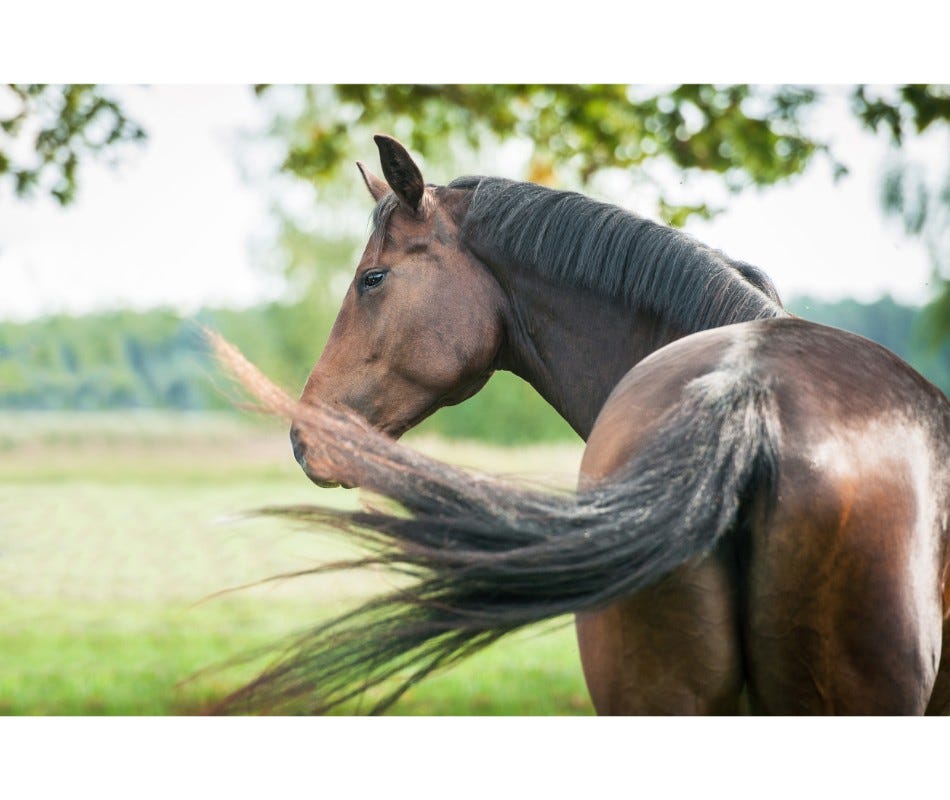
Validate your login